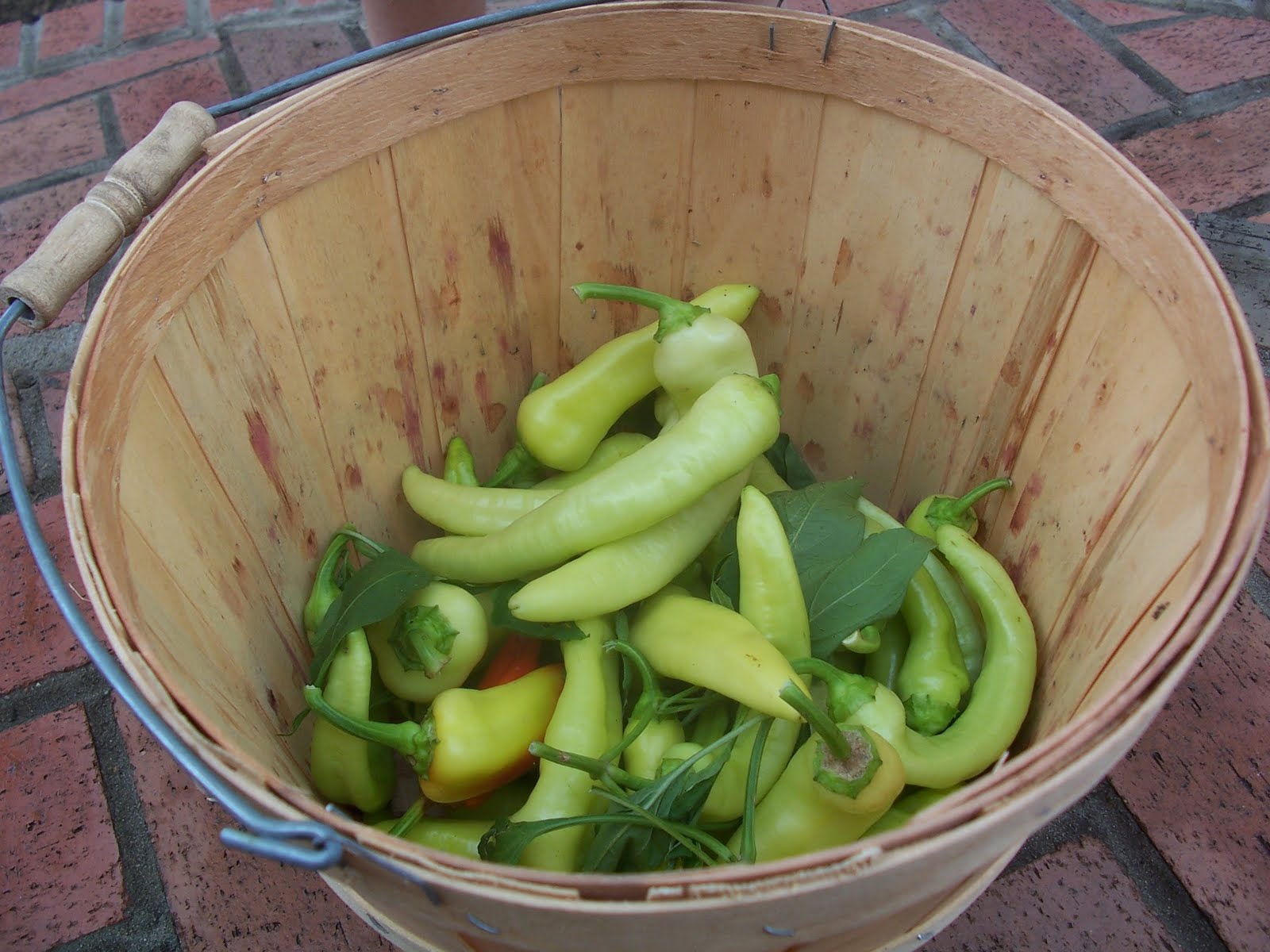

Articles
How To Store Banana Peppers
Modified: February 23, 2024
Learn how to store banana peppers effectively and prolong their shelf life with these helpful articles. Find tips for preserving and using this versatile pepper in various culinary dishes.
(Many of the links in this article redirect to a specific reviewed product. Your purchase of these products through affiliate links helps to generate commission for Storables.com, at no extra cost. Learn more)
Introduction
Welcome to our guide on how to store banana peppers! Banana peppers are a versatile and delicious ingredient that can add a burst of flavor to a variety of dishes. Whether you have an abundance of fresh banana peppers from your garden or you simply want to prolong their shelf life, it’s important to store them properly to maintain their freshness and flavor.
In this article, we will provide you with valuable tips and methods on how to store banana peppers. We will explore the different options, including refrigeration, freezing, and pickling, so you can choose the method that best suits your needs.
By following the proper storage techniques, you can enjoy the vibrant taste of banana peppers for an extended period of time. So, let’s dive in and discover the secrets to keeping your banana peppers fresh and delicious!
Key Takeaways:
- Proper storage is crucial for maintaining the freshness and flavor of banana peppers. Refrigeration, freezing, and pickling are effective methods to extend their shelf life and enjoy their vibrant taste in various dishes.
- By following the proper storage techniques and valuable tips, you can savor the delicious taste of banana peppers throughout the year. Whether refrigerated, frozen, or pickled, these versatile peppers add a delightful kick to your culinary creations.
Read more: How To Store Banana Peppers Long Term
Choosing Banana Peppers
When it comes to choosing banana peppers for storage, it’s important to select peppers that are fresh, firm, and have a vibrant color. Look for peppers that are free from blemishes, wrinkles, or signs of decay.
Here are a few tips to help you choose the best banana peppers for storage:
- Color: Opt for peppers that have a bright yellow or green color, depending on their maturity. Avoid peppers that appear overly ripe or have a dull color.
- Size: Banana peppers vary in size, but for storage purposes, it’s best to choose peppers that are medium-sized, around 6 to 8 inches long. These peppers tend to have a good balance of flavor and texture.
- Consistency: Gently squeeze the peppers to ensure they are firm and free from soft spots. Avoid peppers that feel mushy or have significant indentations.
- Aroma: Give the peppers a quick sniff. Fresh banana peppers will have a mild, slightly sweet aroma. If there’s any unpleasant or sour smell, it’s best to choose a different pepper.
Keep in mind that the level of spiciness can vary between banana peppers. If you prefer a milder flavor, look for banana peppers labeled as “mild” or “sweet”. On the other hand, if you’re looking for a spicier kick, opt for “hot” banana peppers.
By carefully selecting high-quality banana peppers, you’ll set yourself up for success when it comes to storing them for later use.
Storing Banana Peppers
Proper storage is essential for maintaining the quality and freshness of banana peppers. There are a few different methods you can choose from, depending on your preferences and the intended use of the peppers. Let’s explore these methods:
Method 1: Refrigerating Banana Peppers
Refrigeration is a popular method for storing banana peppers, as it helps to slow down the ripening process and extend their shelf life. Here’s how to do it:
- Start by rinsing the peppers under cool water to remove any dirt or debris. Pat them dry with a clean towel.
- Place the peppers in a perforated plastic bag or a container with ventilation holes. This allows for proper air circulation, preventing moisture buildup.
- Store the bag or container in the vegetable crisper drawer of your refrigerator. The ideal temperature for storing banana peppers is between 40°F (4°C) and 45°F (7°C).
- Avoid storing the peppers near fruits that produce ethylene gas, such as apples or tomatoes, as this can accelerate the ripening process.
- Check the peppers periodically and remove any that show signs of spoilage, such as mold or soft spots.
Method 2: Freezing Banana Peppers
Freezing banana peppers is a great option if you want to preserve them for longer periods of time. Follow these steps:
- Wash and dry the peppers thoroughly.
- Remove the stems, seeds, and white membranes from the peppers. You can leave them whole or slice them into rings or strips, depending on your preference.
- Blanch the peppers by placing them in a pot of boiling water for 2 minutes, then immediately transfer them to an ice bath to halt the cooking process.
- Drain the peppers and pat them dry.
- Arrange the peppers in a single layer on a baking sheet lined with parchment paper. Place the baking sheet in the freezer for a few hours until the peppers are frozen solid.
- Transfer the frozen peppers to a freezer-safe bag or container, removing as much air as possible, and seal tightly.
- Label the bag with the date and store it in the freezer for up to 12 months.
Read more: How To Grow Banana Peppers From Seeds
Method 3: Pickling Banana Peppers
If you enjoy the tangy and flavorful taste of pickled peppers, you can choose to pickle your banana peppers for long-term storage. Here’s how:
- Prepare a pickling solution by combining equal parts water and vinegar in a saucepan, along with salt, sugar, and any desired spices.
- Heat the mixture until it reaches a boil, then reduce the heat and simmer for a few minutes to allow the flavors to meld together.
- Wash the peppers and slice them into rings or leave them whole, depending on your preference.
- Place the pepper slices or whole peppers into sterilized jars, leaving a little space at the top.
- Pour the pickling solution over the peppers, making sure they are completely submerged.
- Seal the jars tightly and store them in a cool, dark place for at least a week before consuming. The flavors will develop and intensify over time.
Now that you’re familiar with the various methods of storing banana peppers, you can choose the one that suits your needs and preferences. Let’s move on to some helpful tips for proper storage.
Method 1: Refrigerating Banana Peppers
Refrigeration is an excellent method for storing banana peppers as it helps to maintain their freshness and crispness. Here’s a step-by-step guide on how to refrigerate banana peppers:
- Start by gently rinsing the banana peppers under cool water to remove any dirt or debris. Pat them dry with a clean kitchen towel.
- Next, prepare a perforated plastic bag or use a container with ventilation holes. This allows for proper air circulation and prevents the peppers from becoming damp.
- Place the banana peppers in the bag or container, making sure not to overcrowd them. Overcrowding may cause the peppers to sweat and spoil faster.
- Place the bag or container of banana peppers in the vegetable crisper drawer of your refrigerator. The crisper drawer provides a slightly higher humidity environment that helps to maintain the peppers’ moisture and crispness.
- Ensure that the temperature of your refrigerator is set between 40°F (4°C) and 45°F (7°C). Banana peppers can be sensitive to lower temperatures, so avoid storing them near the back of the fridge where it tends to be colder.
- Avoid storing the banana peppers near fruits such as apples or tomatoes, as they produce ethylene gas which can cause the peppers to ripen and spoil more quickly.
- Check the banana peppers regularly to ensure they are still fresh. Remove any peppers that show signs of spoilage, such as mold or soft spots, to prevent the spread of decay to the other peppers.
By following these steps, you can keep your banana peppers fresh and vibrant for up to two weeks. However, it’s important to note that refrigeration may slightly affect the texture of the peppers, causing them to soften over time. Therefore, it’s best to use refrigerated banana peppers within a week for optimal flavor and texture.
Refrigerated banana peppers are a versatile ingredient that can be added to salads, sandwiches, salsas, or cooked dishes. Their crispness and mild flavor make them a delightful addition to various recipes.
Now that you know how to store banana peppers in the refrigerator, let’s move on to explore another method – freezing – for long-term storage.
Method 2: Freezing Banana Peppers
Freezing banana peppers is a great option if you have a surplus of peppers or want to extend their shelf life for future use. Freezing helps to preserve the flavor and texture of the peppers, allowing you to enjoy them even during off-seasons. Here’s a simple guide on how to freeze banana peppers:
- Start by washing the banana peppers thoroughly under cold running water to remove any dirt or impurities. Pat them dry with a clean kitchen towel.
- Remove the stems, seeds, and white pith from the peppers. You can choose to slice them into rings, dice them, or even leave them whole, depending on your preference and intended use.
- Blanch the prepared peppers in boiling water for about 2 minutes. Blanching helps to deactivate enzymes that can cause the peppers to deteriorate in quality during freezing. After blanching, transfer the peppers immediately to an ice bath to quickly cool them down and halt the cooking process.
- Once the peppers are cooled, drain them thoroughly and pat them dry with a kitchen towel to remove any excess moisture.
- Spread the prepared peppers out in a single layer on a baking sheet lined with parchment paper. Make sure the peppers are not touching each other to prevent them from sticking together while freezing.
- Place the baking sheet in the freezer and allow the peppers to freeze completely for about 2 to 3 hours.
- Once frozen, transfer the peppers into freezer-safe bags or airtight containers. Remove as much air as possible to prevent freezer burn and seal them tightly.
- Label the bags or containers with the date and contents, and place them back in the freezer for long-term storage.
Frozen banana peppers can be stored for up to 12 months without significant loss in quality. They can be used in various cooked dishes such as stir-fries, soups, stews, or omelets. However, due to their softened texture after freezing, they may not be as suitable for raw applications like salads or sandwiches.
Remember to thaw the frozen peppers before using them. This can be done by transferring them to the refrigerator overnight or using the defrost setting on your microwave. Avoid thawing them at room temperature to prevent the growth of bacteria.
Now that you know how to freeze banana peppers, you have a convenient way to store and enjoy them all year round. Let’s move on to explore another method – pickling – for preserving banana peppers.
Method 3: Pickling Banana Peppers
If you’re looking for a flavorful and tangy way to preserve your banana peppers, pickling is a fantastic option. Pickled banana peppers add a zesty kick to sandwiches, salads, or as a condiment for various dishes. Here’s a step-by-step guide on how to pickle banana peppers:
- Start by washing the banana peppers thoroughly under cold running water to remove any dirt or impurities. Pat them dry with a clean kitchen towel.
- Decide whether you want to pickle the peppers whole or sliced. If you prefer slices, cut the peppers into rings of your desired thickness. Remember to remove the stems, seeds, and white pith.
- Next, prepare a pickling solution. In a saucepan, combine equal parts water and vinegar. You can use white vinegar or apple cider vinegar for a slightly sweeter taste. Add sugar and salt to taste, or experiment with different spices and herbs to enhance the flavor.
- Bring the pickling solution to a boil, stirring to ensure the salt and sugar dissolve completely.
- While the solution is simmering, pack the banana pepper slices or whole peppers into sterilized glass jars. Leave a little space at the top of the jars.
- Once the pickling solution has come to a boil, carefully pour it into the jars, covering the peppers completely with the solution. Ensure there are no air bubbles trapped inside the jars.
- Wipe the rim of each jar with a clean, damp cloth to remove any spills or residues. Place the lids on the jars and seal them tightly.
- Allow the jars to cool at room temperature for a few hours, then transfer them to the refrigerator.
- The pickled banana peppers will be ready to consume after a week in the refrigerator, but their flavor will continue to develop over time.
Pickled banana peppers can be stored in the refrigerator for several months. The acidity of the pickling solution helps to preserve the peppers and enhance their flavor. They can be used as a delicious topping for sandwiches, burgers, tacos, or served as a side with charcuterie or cheese platters.
Remember to always use clean utensils when handling the pickled peppers to prevent contamination. Also, discard the peppers if you notice any signs of spoilage, such as the presence of mold or unusual odors.
With pickling, you can elevate the flavor of your banana peppers and enjoy their bold, tangy taste long after the harvest season is over.
Now that you know how to pickle your banana peppers, you have another excellent method to preserve their flavor and enjoy them in various dishes. In the next section, we will share some valuable tips for proper storage to ensure your banana peppers stay fresh and flavorful.
Store banana peppers in the refrigerator in a perforated plastic bag to maintain freshness. They can also be pickled or frozen for longer storage.
Read more: How To Store A Banana
Tips for Proper Storage
To keep your banana peppers fresh and flavorful for as long as possible, here are some essential tips for proper storage:
- Always handle the peppers with clean hands and use clean utensils when preparing or storing them. This helps prevent contamination and the growth of bacteria.
- Remove any damaged or spoiled peppers from the batch before storing. One rotten pepper can quickly spoil the others.
- If you’re storing the peppers in the refrigerator, make sure the temperature is set between 40°F (4°C) and 45°F (7°C) to maintain their freshness.
- Use a perforated plastic bag or a container with ventilation holes when refrigerating the peppers. This allows for proper air circulation and helps prevent moisture buildup.
- When freezing banana peppers, make sure to remove as much air as possible from the freezer bags or containers to prevent freezer burn.
- Label each bag or container with the date of freezing or pickling to keep track of their freshness.
- If you’re pickling banana peppers, use sterilized glass jars to ensure their long-term preservation. Store the jars in a cool, dark place to maintain the quality of the pickled peppers.
- When thawing frozen banana peppers, do so slowly in the refrigerator or using the defrost setting on your microwave. Avoid thawing at room temperature to prevent bacterial growth.
- Be aware that frozen and pickled banana peppers may have a slightly different texture compared to fresh peppers. Adjust your recipe or intended use accordingly to make the most of their unique qualities.
By following these tips, you can ensure that your banana peppers stay fresh, flavorful, and ready for use whenever you need them. Whether you choose to refrigerate, freeze, or pickle your peppers, proper storage techniques are key to extending their shelf life and maintaining their quality.
Remember to use your stored banana peppers within a reasonable time frame and discard any that show signs of spoilage or quality deterioration. With these storage tips in mind, you can enjoy the delicious taste of banana peppers all year round.
Now that you have the knowledge and methods to store your banana peppers properly, you can make the most of this versatile ingredient and add a delightful kick to your culinary creations. Happy storing!
Conclusion
Proper storage is essential to maintain the freshness and flavor of banana peppers. Whether you have an abundance of fresh peppers from your garden or want to prolong their shelf life, knowing how to store them correctly will ensure you can enjoy their vibrant taste in your dishes for an extended period.
In this article, we have explored different methods for storing banana peppers – refrigerating, freezing, and pickling. Each method has its advantages and is suited for different preferences and intended uses.
Refrigeration is a popular option to slow down the ripening process and keep the peppers fresh. By following the steps of rinsing, using a perforated bag, and storing them in the refrigerator, you can enjoy crispy and flavorful banana peppers for up to two weeks.
Freezing banana peppers is a convenient method for long-term storage. Blanching, drying, and freezing them in a single layer before transferring to freezer-safe bags or containers ensures they retain their flavor and texture for up to 12 months.
If you prefer the tangy and zesty taste, pickling banana peppers is an excellent choice. By slicing or leaving them whole and immersing them in a pickling solution, you can enjoy the spicy and flavorful peppers for several months in the refrigerator.
Remember to utilize the valuable tips we provided, such as handling the peppers with clean hands, removing any damaged peppers, and labeling your storage containers or bags to keep track of freshness.
By following these storage methods and tips, you can savor the taste of banana peppers throughout the year, adding a burst of flavor to salads, sandwiches, salsas, or cooked dishes.
So, unleash your creativity in the kitchen, experiment with different recipes, and make the most of the vibrant and versatile banana peppers that you can store with confidence.
Enjoy the journey of storing and savoring your banana peppers!
For a printer-friendly version of this article, click here.
Frequently Asked Questions about How To Store Banana Peppers
Was this page helpful?
At Storables.com, we guarantee accurate and reliable information. Our content, validated by Expert Board Contributors, is crafted following stringent Editorial Policies. We're committed to providing you with well-researched, expert-backed insights for all your informational needs.
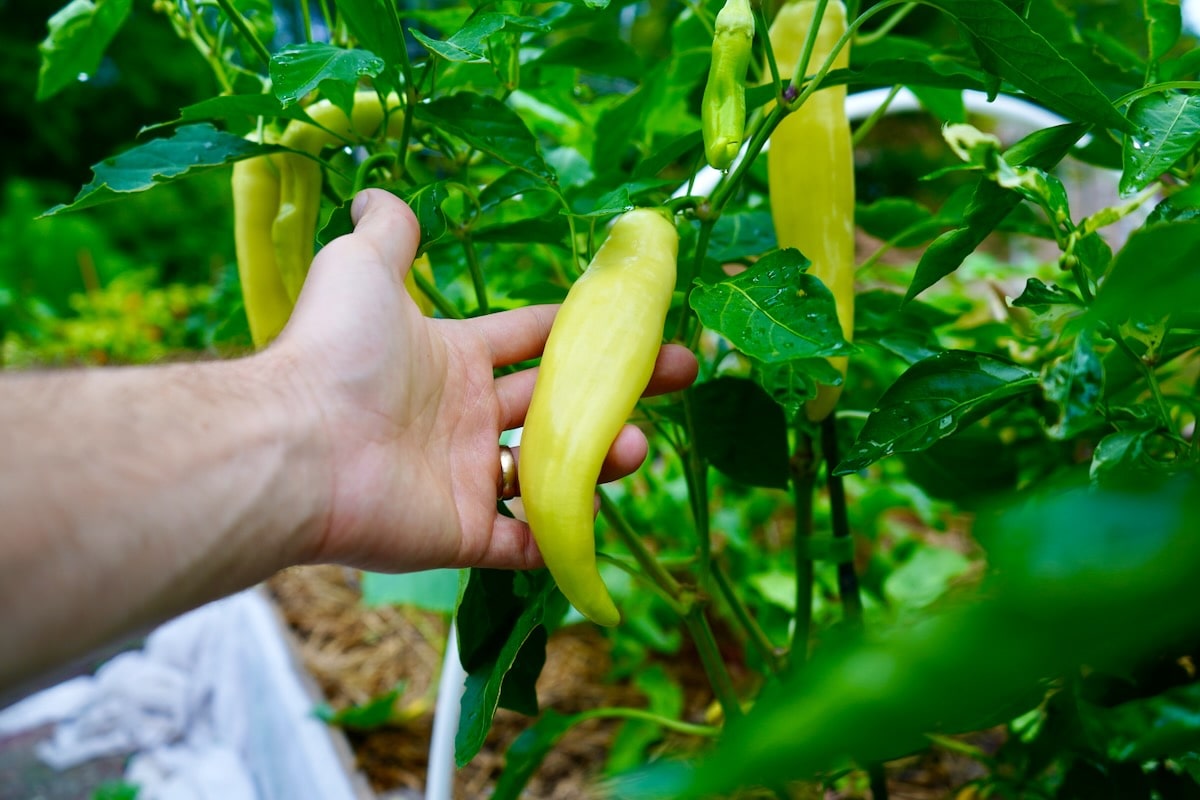
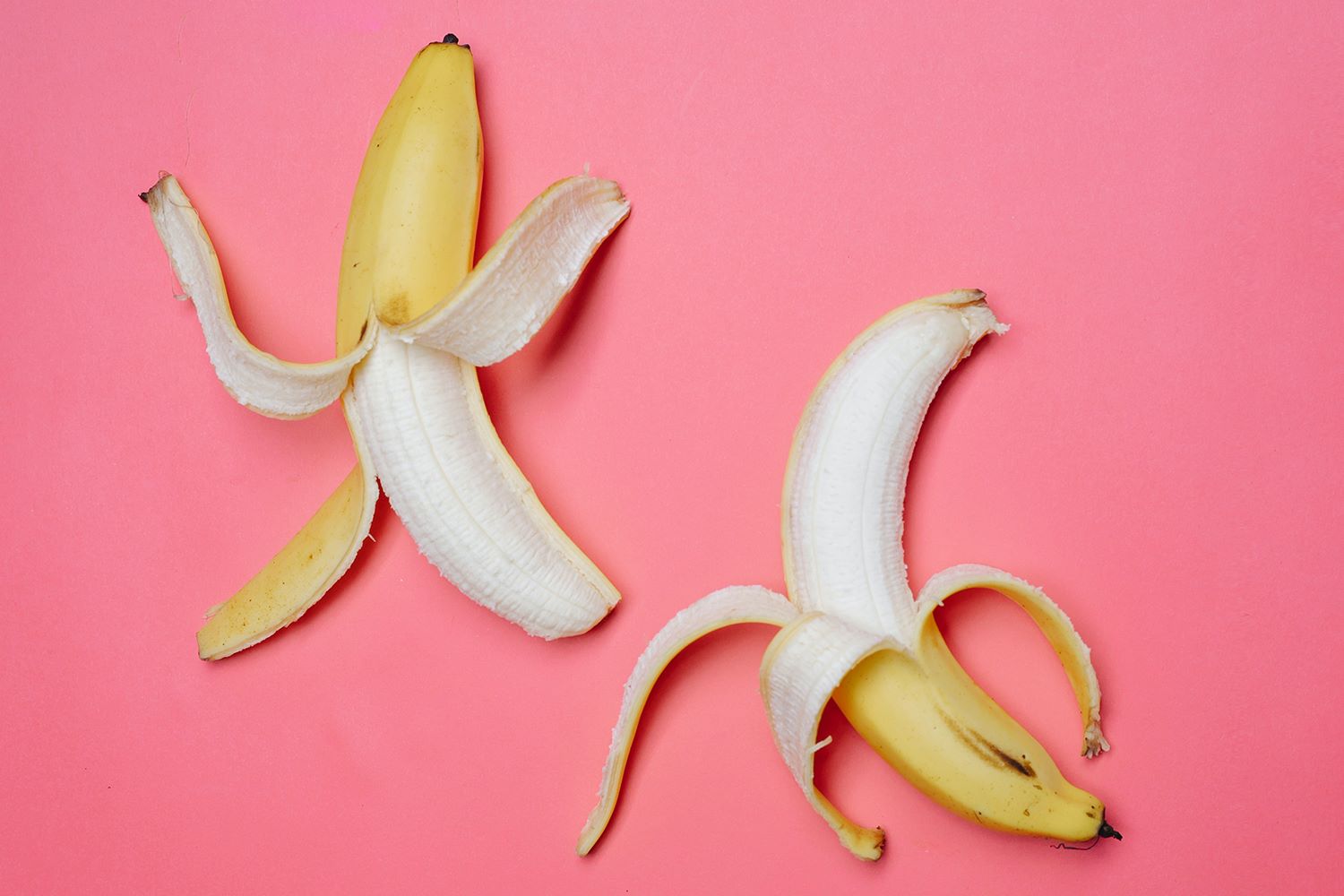
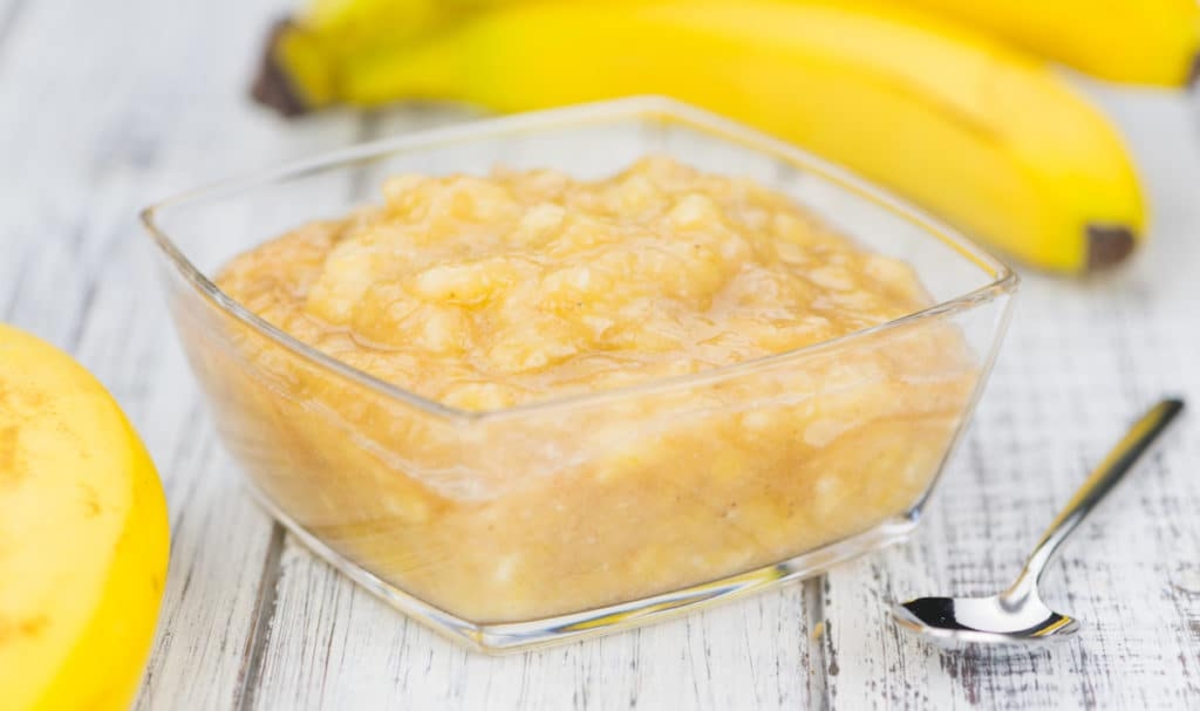
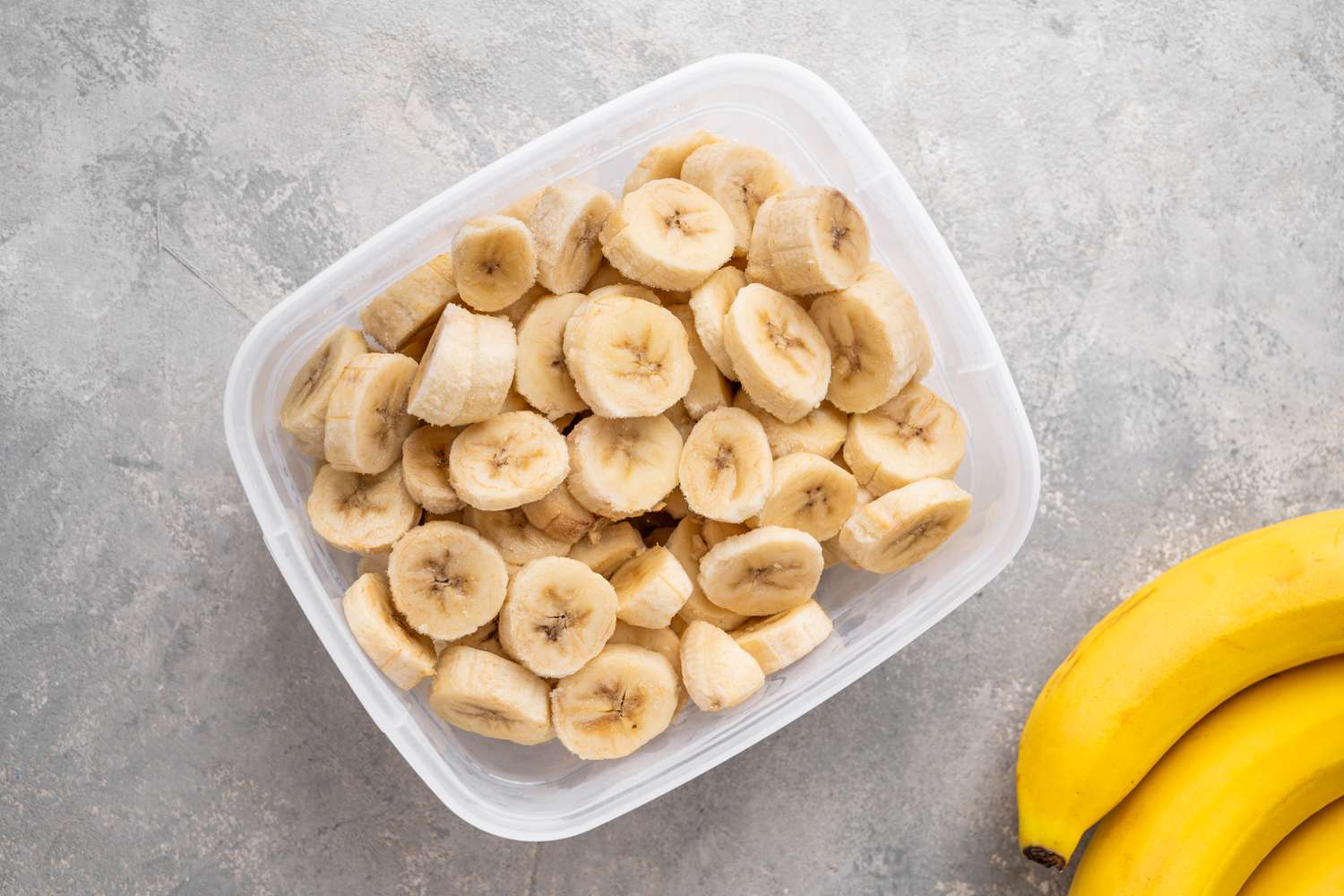
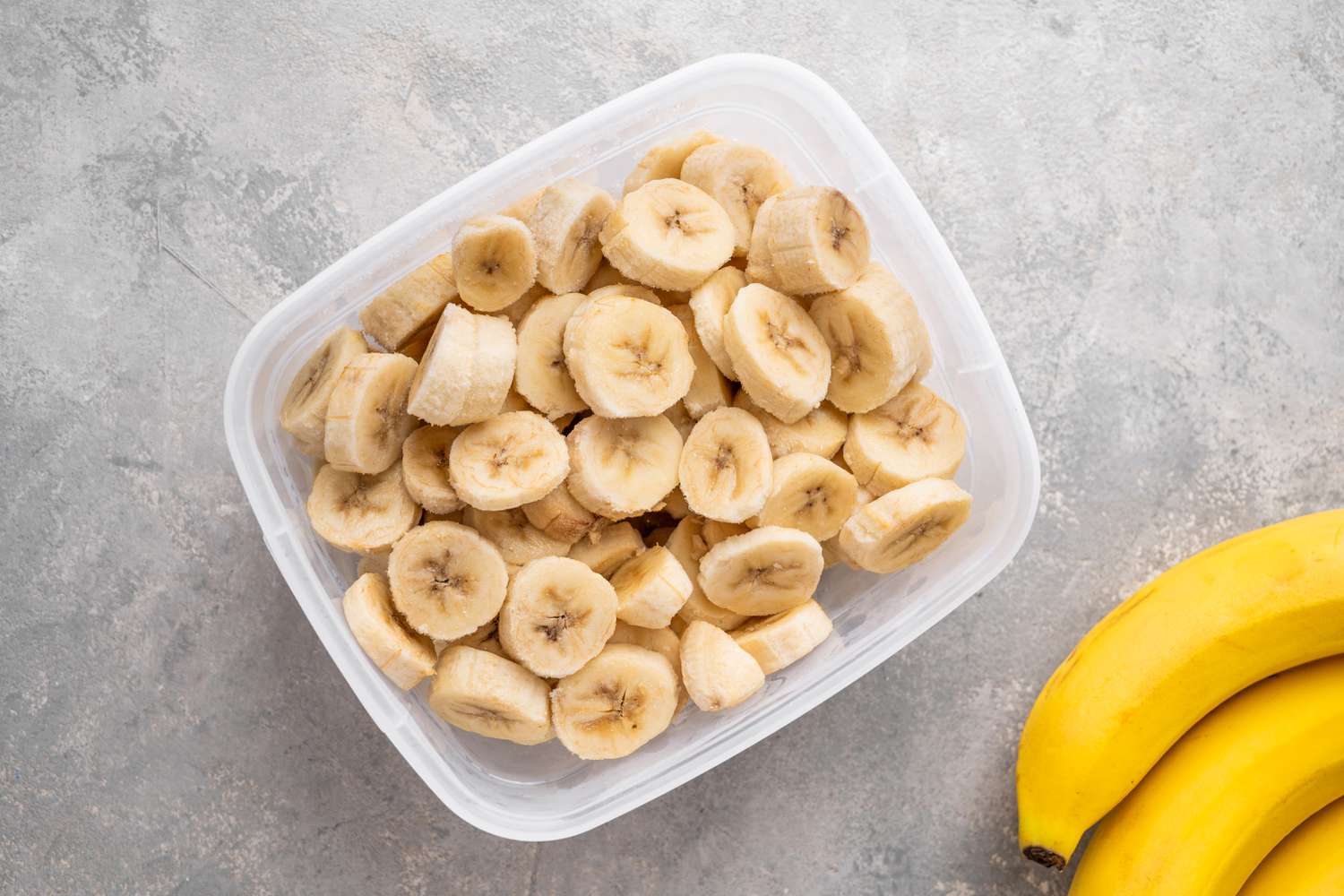
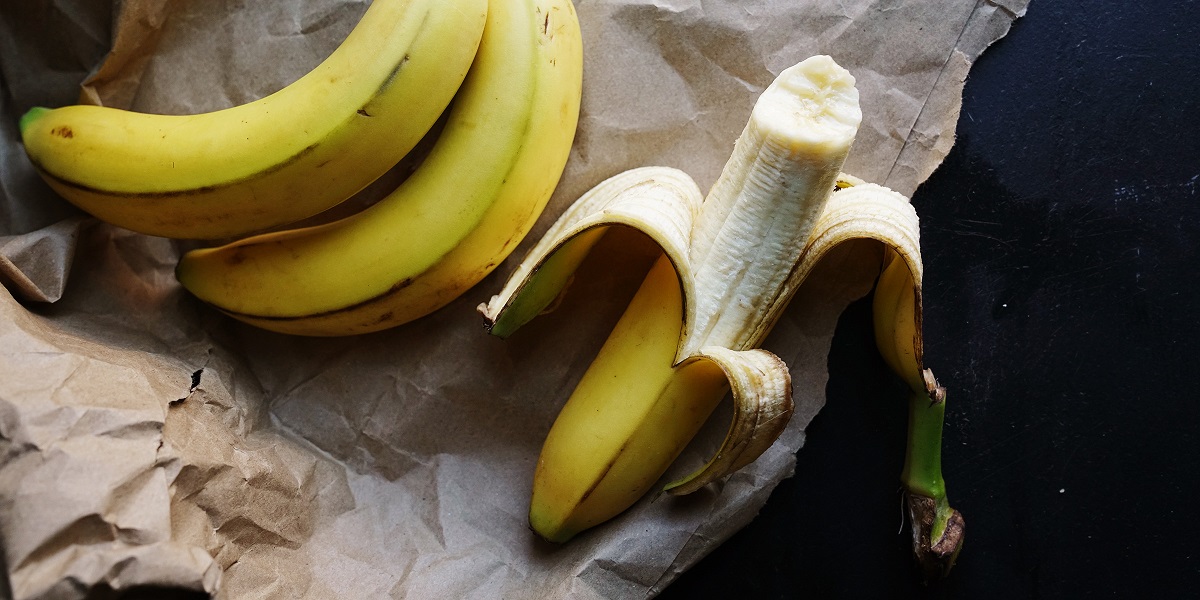
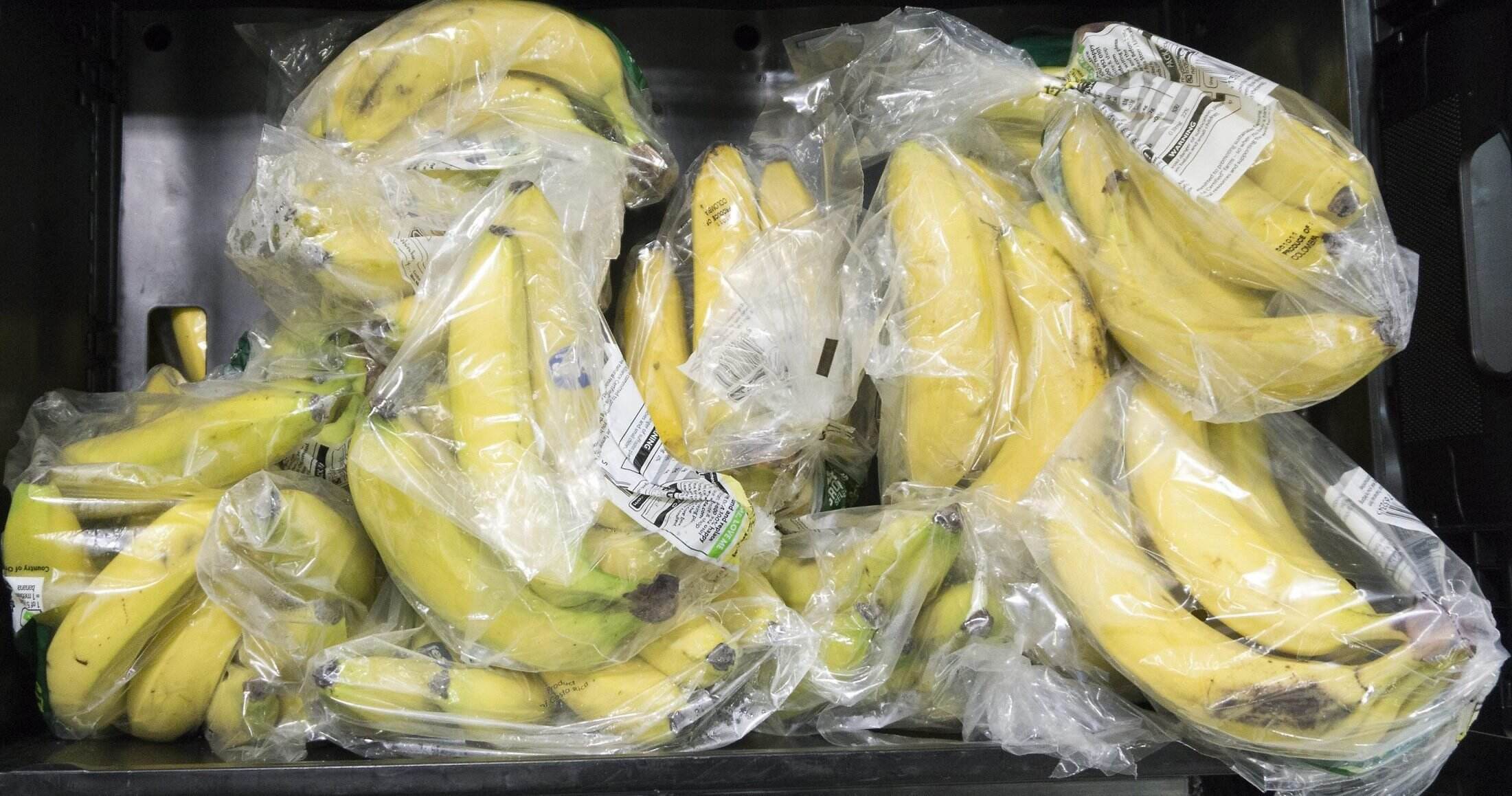
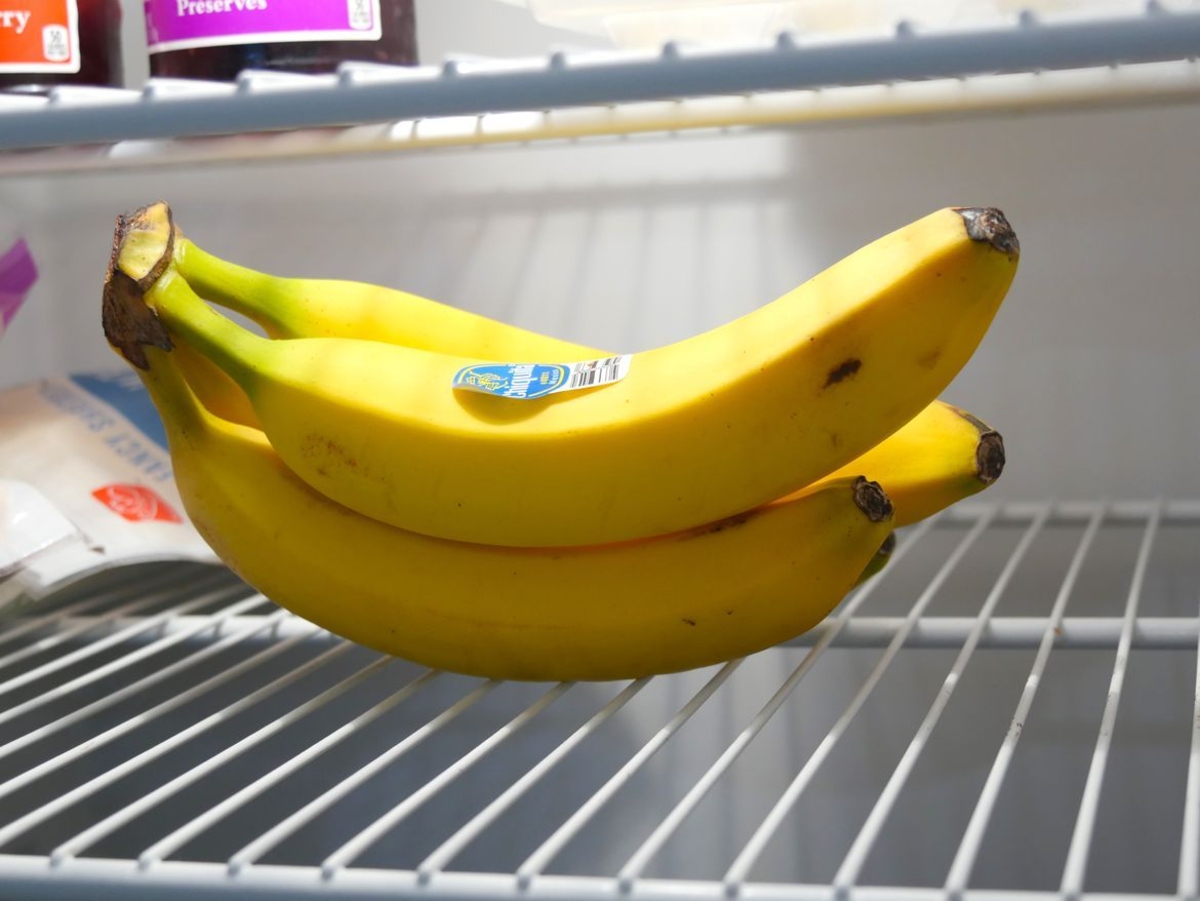
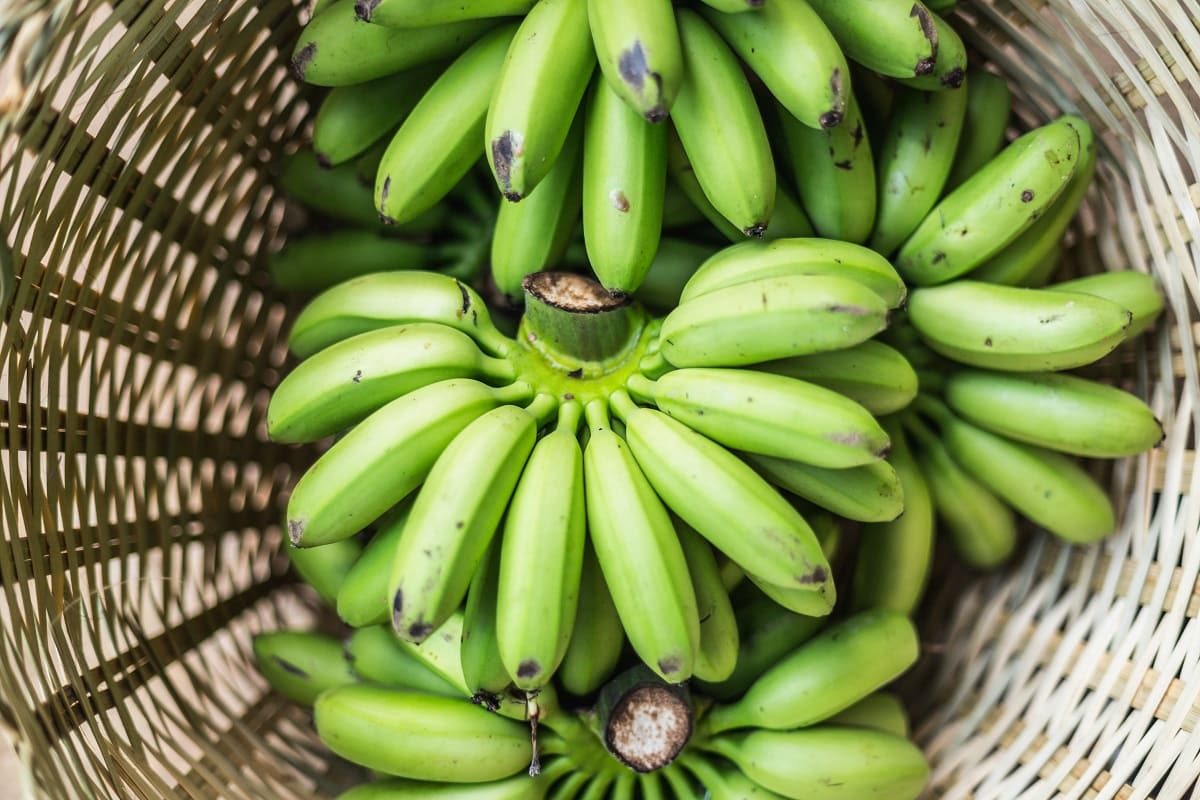
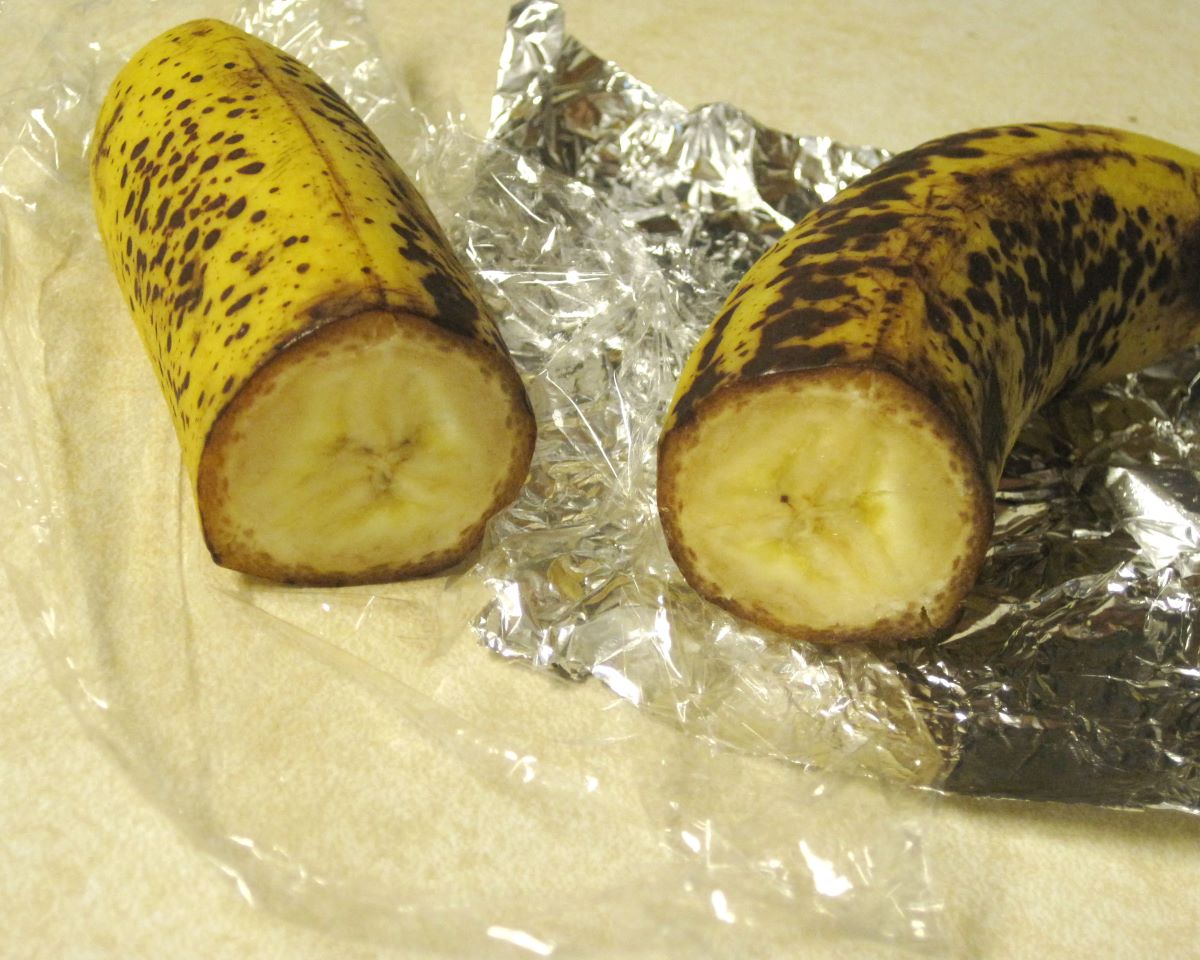
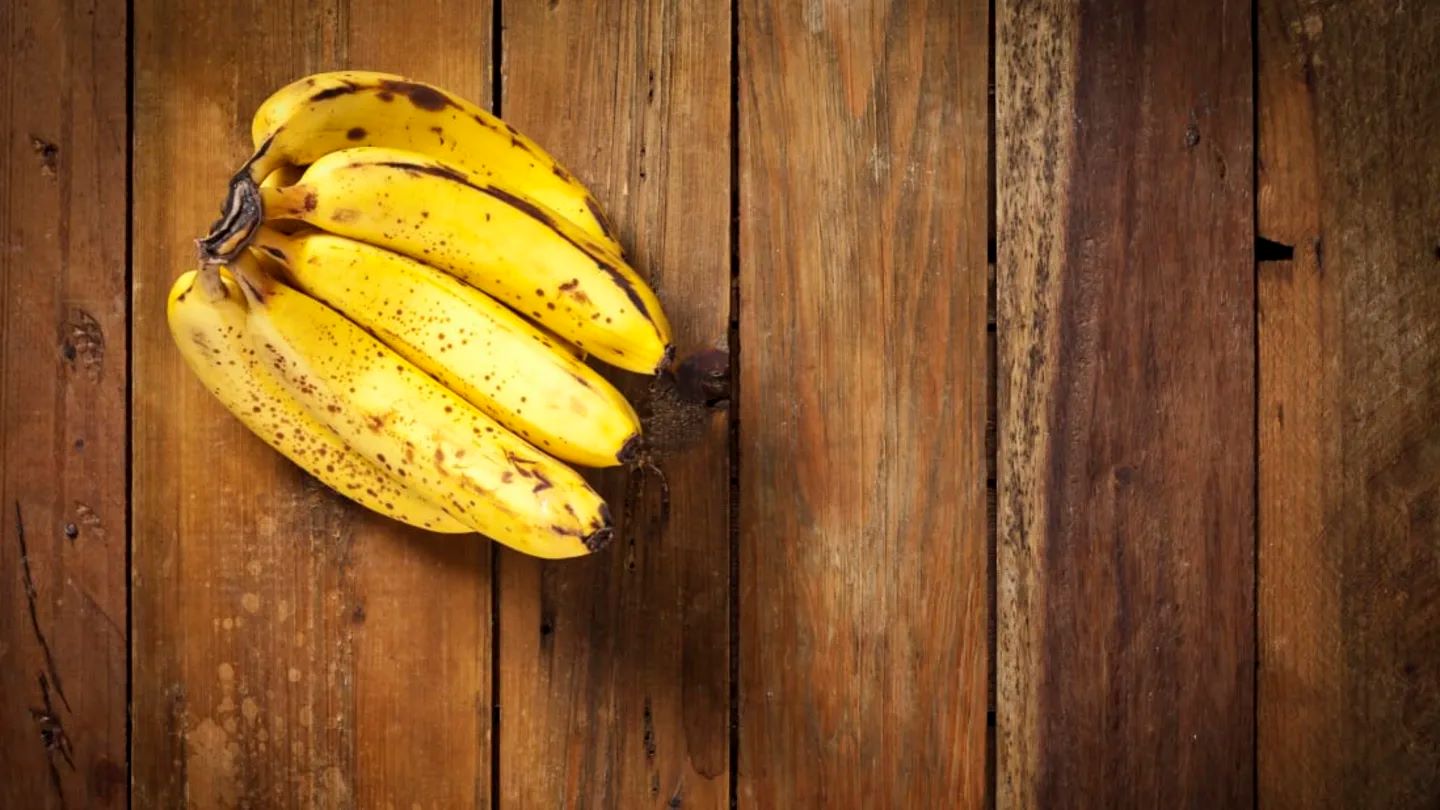
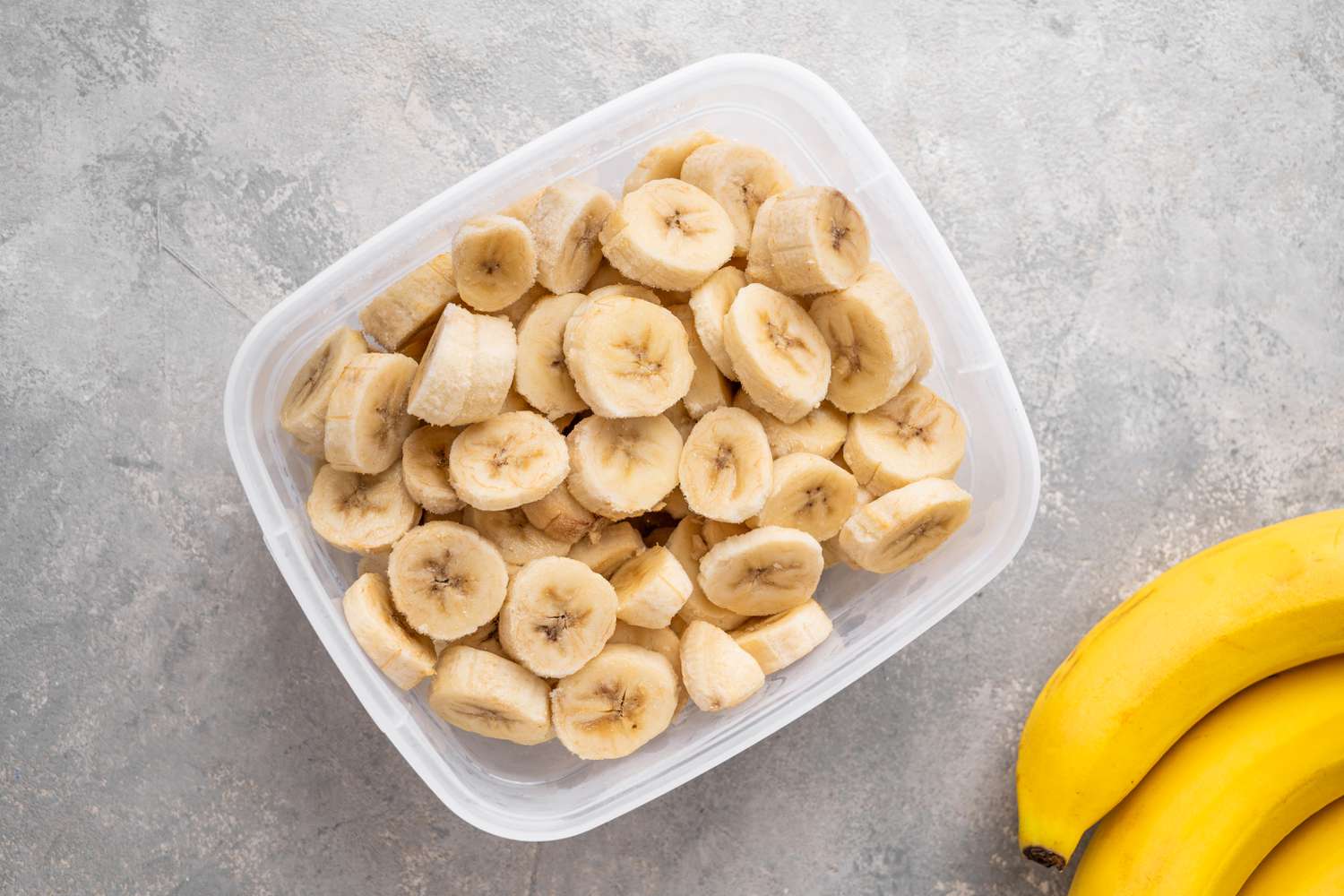
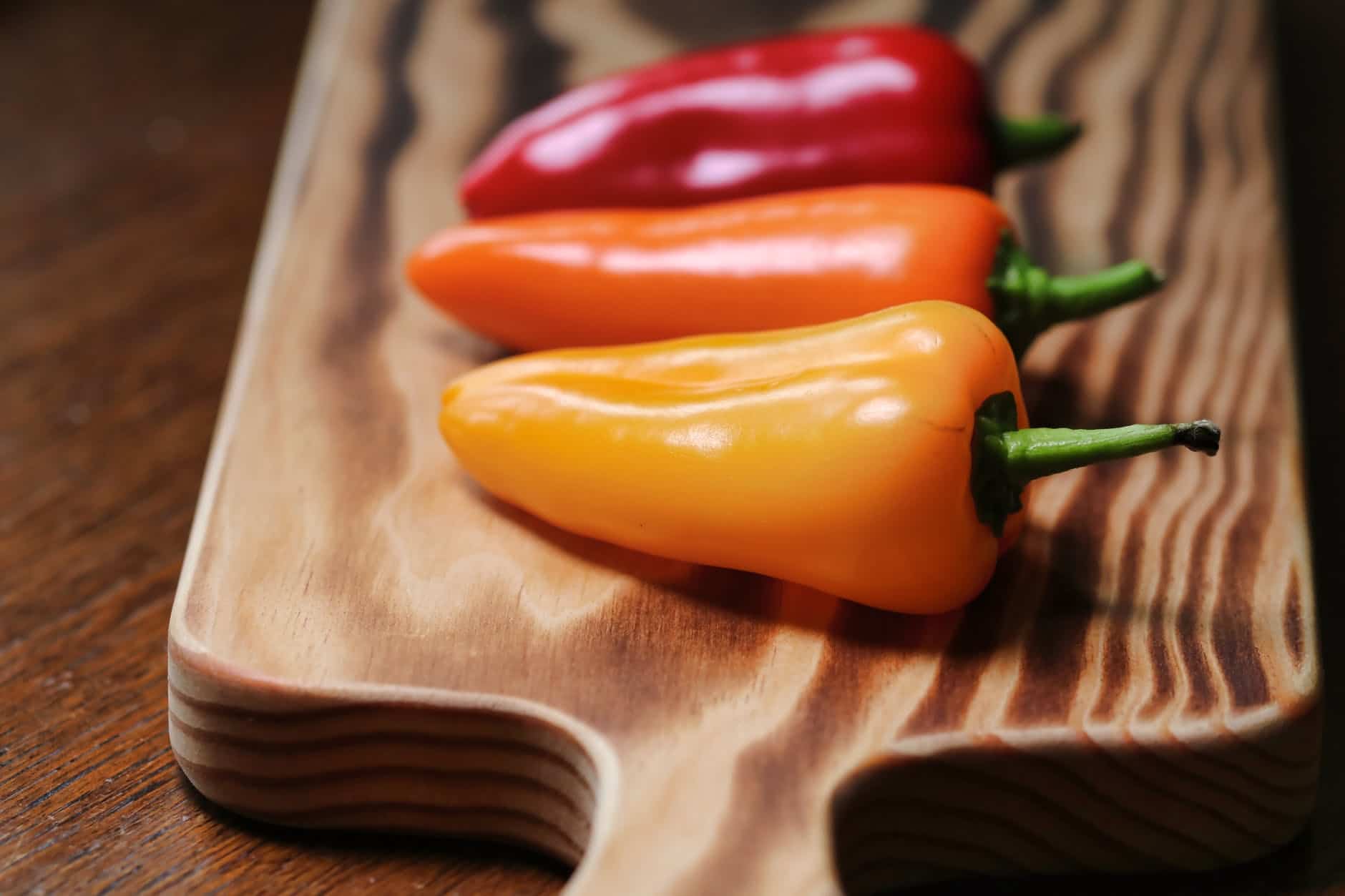

0 thoughts on “How To Store Banana Peppers”